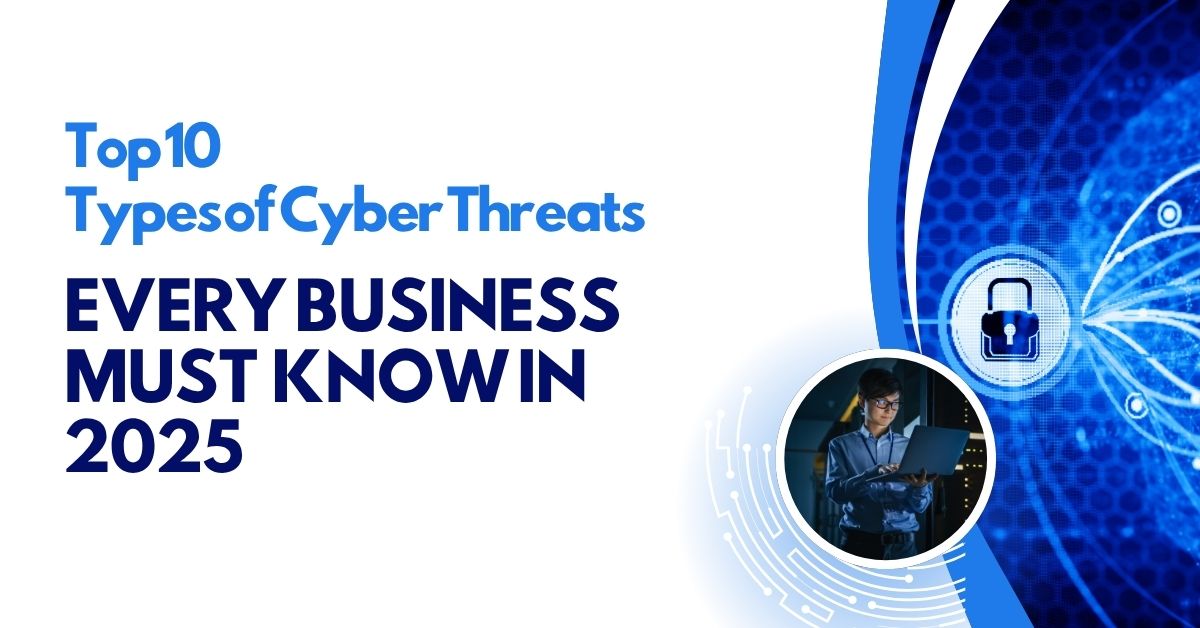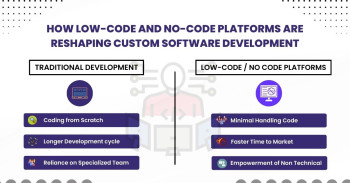As the digital landscape grows, so do the risks associated with cyber threats. In 2025, cybercriminals are using more sophisticated techniques to target businesses of all sizes. Whether you're a small business owner or an IT manager for a large enterprise, understanding the various types of cyber threats is crucial for protecting your data, systems, and reputation.
Here are the top 10 cybersecurity threats businesses must be aware of in 2025.
1. Phishing Attacks
Phishing remains one of the most common forms of cyberattacks. It involves fraudulent emails, messages, or websites that trick employees into revealing confidential information such as login credentials, financial data, or personal details. Attackers often disguise themselves as trusted entities like banks, suppliers, or even internal departments.
Example: A staff member receives a fake email appearing to be from the IT team, urging them to reset their password via a malicious link.
2. Ransomware
Ransomware is a form of malware that encrypts a company’s data and demands payment to restore access. These attacks can cause major financial losses and operational disruptions. Ransomware often spreads through phishing emails or malicious downloads.
Impact: In many cases, even if the ransom is paid, there’s no guarantee that access to the data will be restored.
3. Malware (Malicious Software)
Malware includes viruses, worms, Trojans, and spyware designed to infiltrate, damage, or steal from a system. Malware can be embedded in email attachments, software downloads, or even innocent-looking websites.
Risk: It can operate in the background undetected, collecting sensitive information or granting unauthorized access to hackers.
4. Insider Threats
Not all cyber threats come from outside. Insider threats occur when current or former employees, contractors, or business partners intentionally or unintentionally compromise security. Whether it’s leaking data, using weak passwords, or mishandling sensitive information, insiders can be a major risk.
Prevention Tip: Implement access controls and regularly monitor user activity.
5. Distributed Denial of Service (DDoS) Attacks
A DDoS attack overwhelms a network or website with massive traffic, rendering it inaccessible. These attacks are often used to cause disruption or as a smokescreen while other malicious activities take place.
Effect: Extended downtime can lead to lost revenue, customer dissatisfaction, and reputational damage.
6. Man-in-the-Middle (MitM) Attacks
In a MitM attack, cybercriminals secretly intercept and alter communication between two parties without their knowledge. This can occur on unsecured Wi-Fi networks, where attackers can eavesdrop on emails or financial transactions.
Example: A MitM attacker could alter an invoice during a financial transaction, redirecting payment to their own account.
7. SQL Injection
This type of attack targets databases through web application vulnerabilities. Attackers inject malicious SQL queries to access, modify, or delete data. Poorly coded websites are particularly vulnerable.
Industries at Risk: E-commerce and finance platforms that collect user information are common targets.
8. Credential Stuffing
Credential stuffing involves attackers using previously stolen usernames and passwords to gain access to multiple systems. Since many users reuse passwords across platforms, this attack can be highly effective.
Mitigation: Encourage employees to use unique passwords and enable multi-factor authentication (MFA).
9. Zero-Day Exploits
Zero-day attacks target undiscovered software vulnerabilities. Since the flaw is unknown to the software vendor, there's no available patch or defense mechanism until it’s reported and fixed.
Concern: These are often used in high-profile or targeted attacks due to their stealthy nature.
10. Social Engineering
Social engineering manipulates individuals into giving away confidential information. This could be through impersonation, emotional appeals, or fabricated emergencies.
Example: An attacker poses as a CEO and requests urgent wire transfers from the finance team.










